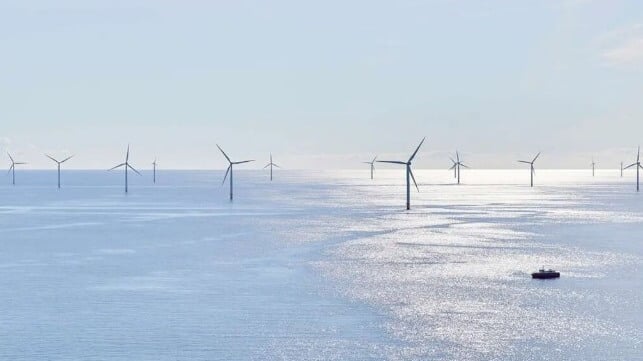IEA: Changing Policies Cut U.S. Offshore Wind Forecast in Half

The International Energy Agency has slightly revised downward its global growth forecast for renewable energy, primarily due to changing conditions in the U.S. and China. American policy is a leading cause: given the opposition of the Trump administration to offshore wind and onshore solar projects, the forecast for medium term renewables growth in the United States is down by half compared to IEA's 2024 report.
Offshore wind makes out poorly in the five-year forecast. The outlook is down sharply in the United States, due to a mix of poor project economics and a hostile regulatory environment. In Europe, rising costs have made offshore wind less competitive than it once was, and the outlook is also lower than last year's. These major market headwinds have prompted IEA to cut its offshore wind forecast for 2030 by more than 25 percent, including a 20 percent drop in Europe and a 50 percent drop in the U.S. These pressures are hitting OEMs: non-Chinese turbine manufacturers reported losses of more than $1.2 billion combined in 2024, according to IEA.
Solar remains a bright spot. Within China, fierce competition has dropped panel prices by two thirds in two years and eliminated profit margins for panel makers. Chinese OEMs are selling at an estimated loss of negative 10 percent per module in a fight for market share. This subsidizes the project economics for solar farms all over the world, since China is the leading exporter of solar PV panels.
Overall, the picture is little changed, despite America's new direction and the headwinds for the offshore wind segment. Worldwide, most renewables developers report that they are maintaining or increasing their deployment goals. IEA has lowered its forecast for 2030 by just five percent, and it expects that variable-output renewables will still account for about one third of all global electrical generation by 2030, led by growth in China.
